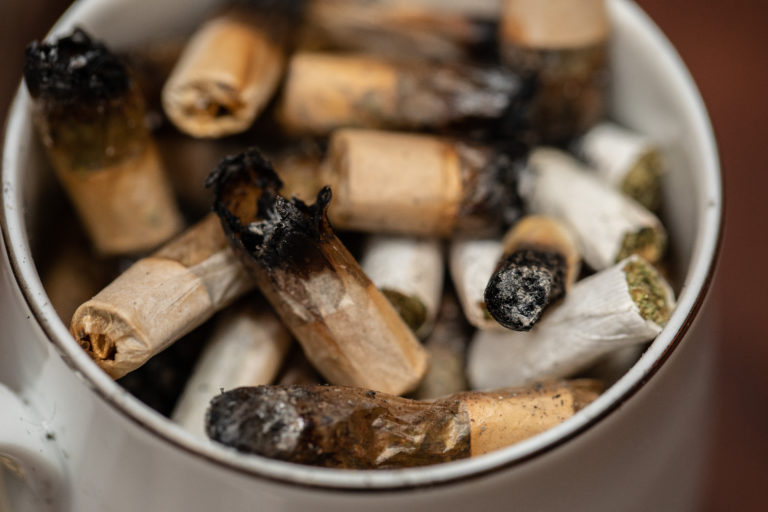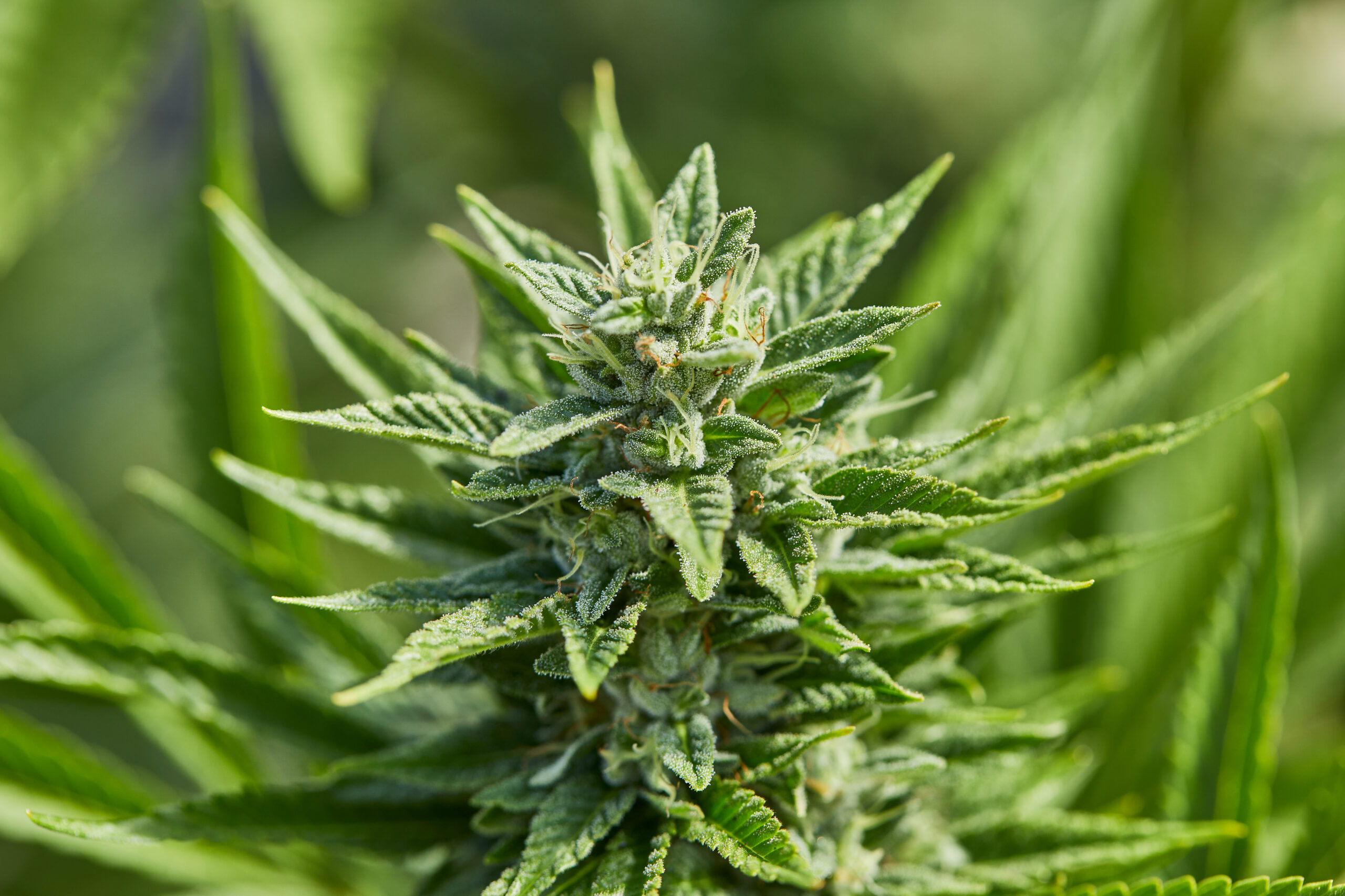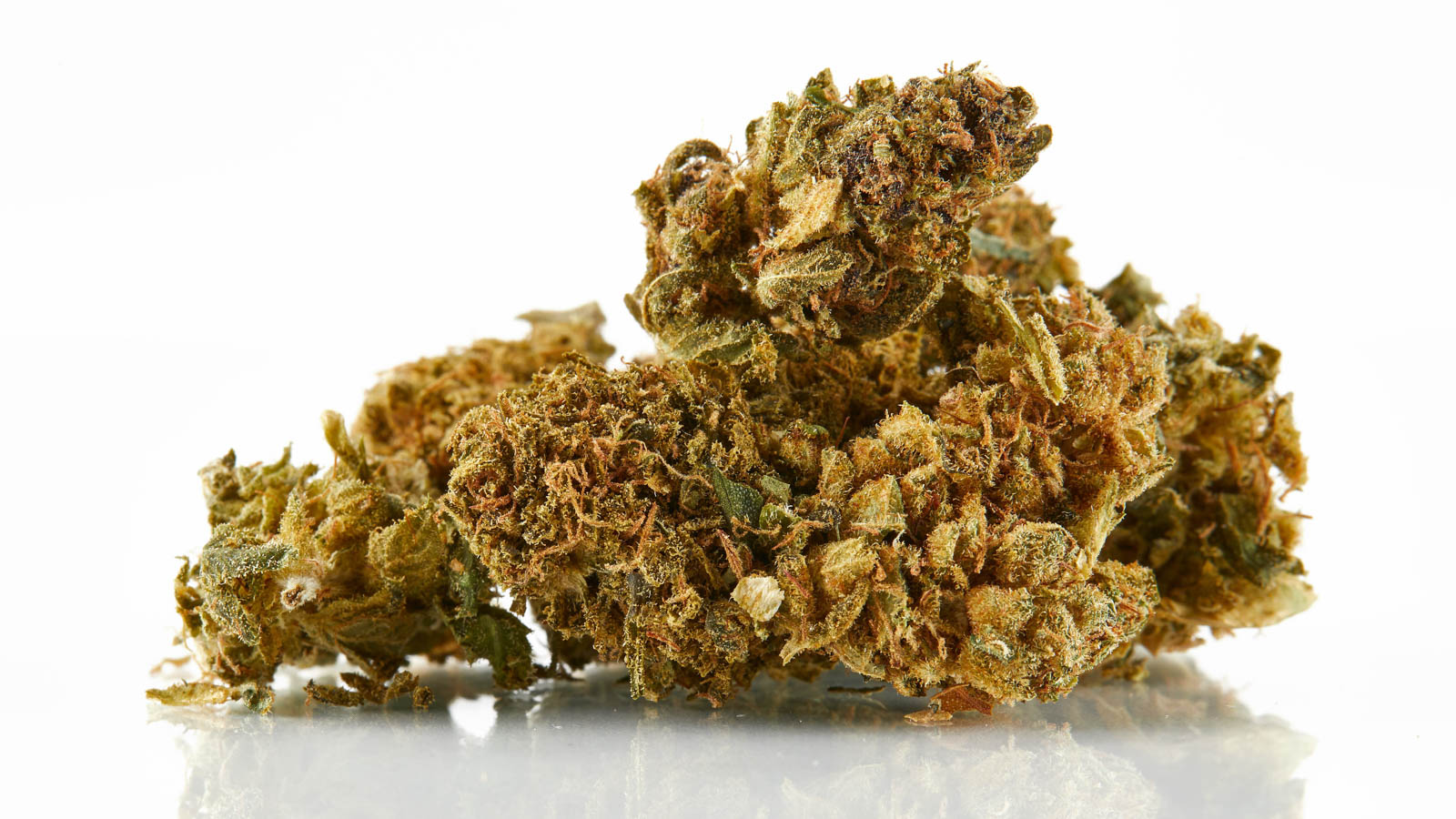Named for one of nature's most reviled insects, roach weed may not sound very appealing. But it could have some redeeming qualities for the frugal cannabis consumer. Learn what roach weed is, the pros and cons of smoking roach weed, and how to dispose of your roaches and other smoking material without burning down a forest.
What is roach weed?
Roach weed is what's leftover after you've smoked most of a joint, blunt, or spliff. After smoking the majority of a joint, all that remains is the filter and a very small amount of weed, or the “roach.” Most consumers opt to toss out the roach, but that tiny bit of leftover weed can be salvaged and smoked if you so desire.
 Photo by: Gina Coleman/Weedmaps
Photo by: Gina Coleman/WeedmapsImage lightbox

If you decide to smoke roach weed, it's a pretty simple process. Of course, don't try to salvage any remaining cannabis until the joint is extinguished and cool to the touch. You may want to save up a few roaches before you embark on this salvage expedition. Tear open the roaches and collect the bits of weed. Then you can re-roll what you've collected into a new joint, sprinkle it into fresh weed, or pack a bowl or pipe.
Pros of smoking roach weed
- Save money and prolong your stash. The cost of cannabis can add up if you partake frequently. Smoking roach weed is one way to stretch your budget and stash, saving you both money and time shopping for new supplies. But you might not want to wait too long to use roach weed since the paper will get brittle and old weed loses its punch.
- Reuse and recycle. In the age of the zero waste movement, keeping a roach and reusing it is one way to do your part. So, save and reuse to feel good about doing a solid for the planet and clap back at anyone who may look at you sideways for smoking roach weed.
Cons of smoking roach weed
- Potential health issues. Smoking roach weed may not be as sanitary as smoking a new joint. Residual saliva in the roach can cause bacteria to form and spread, which doesn't bode well for the inside of your lungs. In addition, lighting the same weed twice could pose a health hazard with a double dose of carcinogens released. Using a butane lighter could be especially hazardous, but opting for a beeswax-coated hemp wick could negate this drawback.
- It's gross. Smoke tends to ruin the flavor profile of flower, which is why half-smoked joints with plenty of flower left are significantly less fun to toke the second time around. But if you're less concerned about having an enjoyable experience and more focused on getting high, roach weed is perfectly serviceable. Like a beat-up car on the verge of combustion, it'll get you from A to B. There are also better ways to make your cannabis supply last longer without smoking your roaches.
How to dispose of roaches safely
Wildfires have increased alarmingly in the 21st century. Dry places like California, which once experienced these devastating fires seasonally, are seeing the threat extend throughout the year, according to global climate change data from NASA. The point is, don't be that guy.
To prevent the risk of starting a fire, use water to be sure the roach is extinguished. Run your roach under a faucet, your last sip of beer — whatever is convenient. Flushing the roach down the toilet is not advisable, as chemicals can leach into an already vulnerable water supply.
This may be obvious, but don't throw a roach or anything smoldering into the garbage or on the ground. Learn from my neighbor, Kevin, who tossed some fireworks in the trash on the 4th of July and nearly set the whole neighborhood on fire. Ensuring your smoking materials are extinguished can literally save thousands of acres, animals, and lives, so take a moment to do it right.
Written by Lesley Nickus | Featured image by Gina Coleman/Weedmaps




